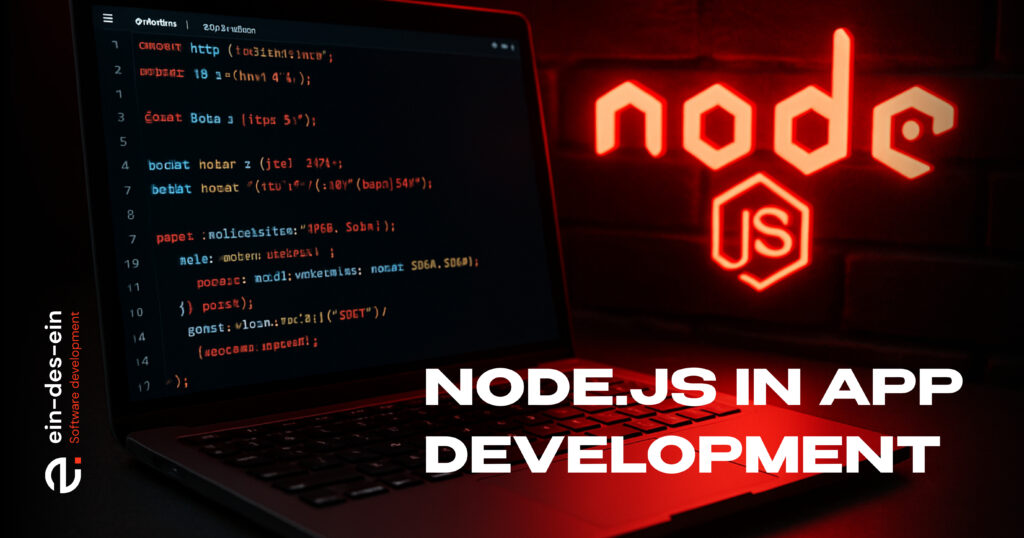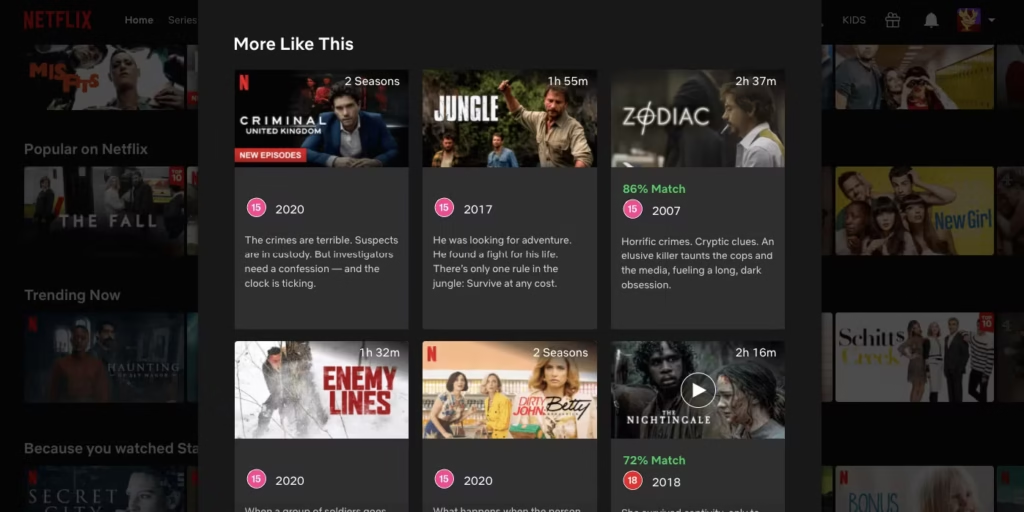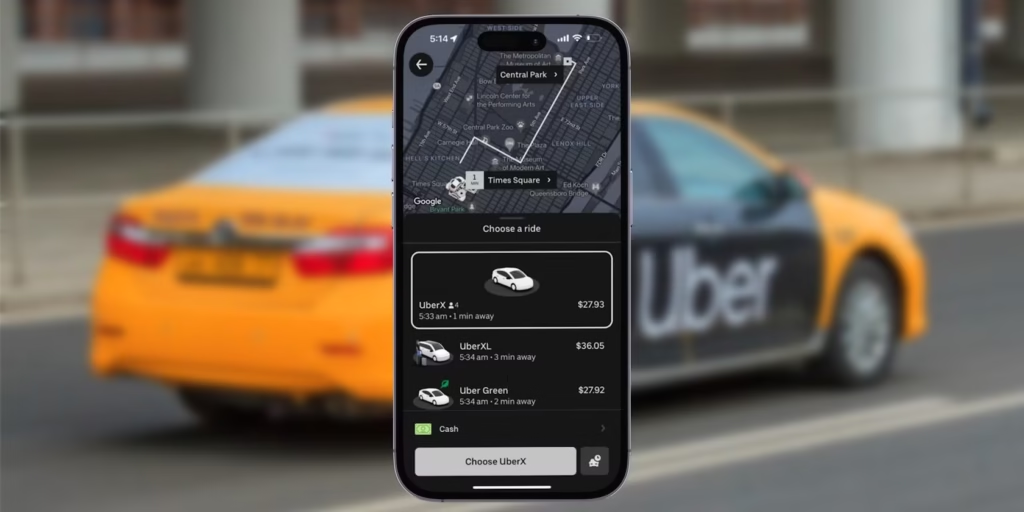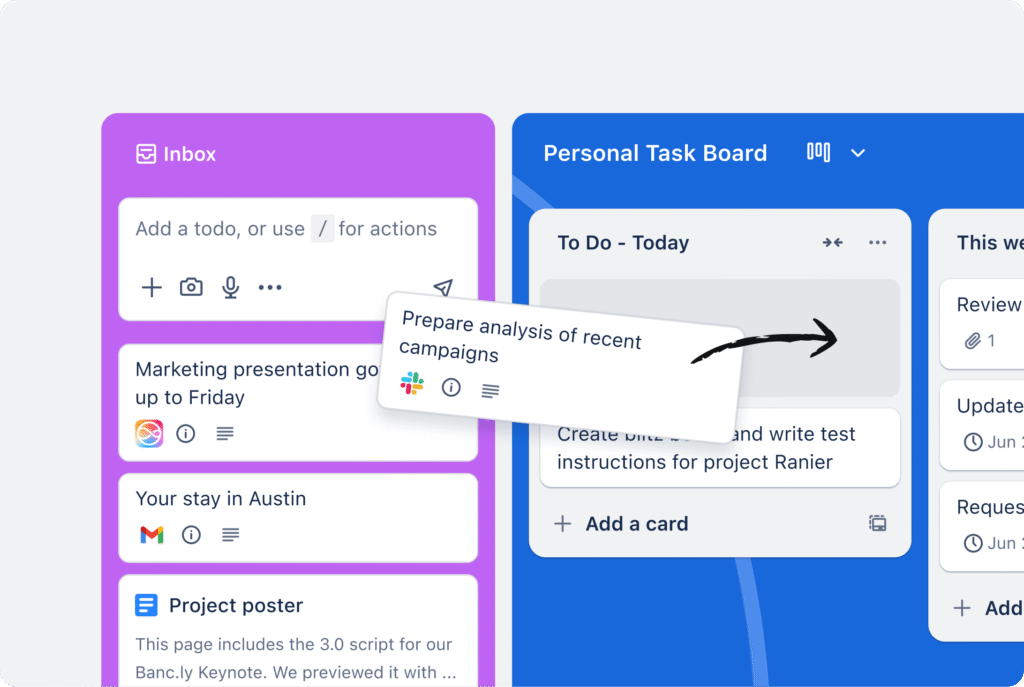Exploring the Advantages of Node.js in Application Development

As a development company, we see clients with very different levels of tech knowledge and involvement. But what they really care about is a product that works great, scales easily, satisfies market demands, provides good ROI, and generates revenue. Most of them aren’t even too interested in the technical details! That’s why it’s often our job as tech experts to recommend the best stack for a specific product or to explain why we’re using a certain tool, platform or framework. In many cases, that platform turns out to be Node.js.
Believe it or not, you’re using products built with Node.js more often than you realize — from Netflix to PayPal. Plus, you’ve probably heard Node.js mentioned in dev circles. Maybe you’ve even used it for a side project or two!! But to really understand why companies of all sizes trust their most critical systems to this platform, we need to look beyond the surface-level pros. So, let’s do this!
Understanding Node.js: An Overview
Node.js changed the game when it comes to server-side development. Let’s get through some theory — we promise to keep it light and show you what it really means in practice.

What does it mean? Traditionally, building an app required different programming languages for different parts. You needed one language for what users see on devices, and another for the behind-the-scenes server work. Node.js changes this by using the same language (JavaScript) for everything. This means the development team can work faster and share code. Why is it important for YOU — the entrepreneur? You’ll spend less on development costs while getting your app to market quicker! A win-win situation!

Imagine a restaurant. Traditional servers (like older tech) work like waiters who handle just one table at a time. If one table is waiting on the kitchen, the waiter just stands there, doing nothing — even if other tables need help! Node.js is more like a super-efficient waiter who can juggle all the tables at once. While one order is cooking, they’re taking new orders, refilling drinks, and delivering food, all without waiting around.
It means your app can handle thousands of users simultaneously without slowing down. While one user’s request waits for info from the database, Node.js continues serving others! Ideal for apps where people expect real-time responses. Chat apps, live updates, collaborative tools — they all love Node because of that!
Unveiling the Top Benefits of Node.js
Scalability and Performance
As we mentioned earlier with the restaurant example, Node.js helps your app run faster and handle more users simultaneously. For instance, PayPal saw impressive results after switching to Node.js. Their new system could handle twice as many simultaneous visitors, and pages loaded one-third faster. Pretty cool, right? When the app needs to fetch data from a database or load a file, it keeps serving other users while that happens in the background.
Versatility and JavaScript Utilization
Here, JavaScript is used for both the front- and back-end, which is VERY convenient. And this flexibility goes beyond websites! Node.js powers desktop apps (like WhatsApp), mobile app servers, smart home devices, DA tools! Plus, modern JavaScript has become much easier to read and write.
Code Reusability and Sharing
With Node.js, we write code once and use it everywhere in the app. Trust us, this saves ENORMOUS amounts of time. For instance, when we need to validate user input or format data, we write the logic once and it works identically whether it’s running in the browser or on the server. A pleasant bonus is that Node.js has a massive library of pre-built components (packages). For example, for handling user logins, sending emails, connecting to databases, securing data. Instead of reinventing the wheel, the tech team uses trusted, tested solutions. And the client pays less. Everyone is happy!
Microservices Architecture
MA basically means building an app as a group of small, independent services instead of one big program. Node.js is great for this because it lets the developer create each service to focus on a specific job. It’s like breaking down a big company into smaller departments. Each team handles its own tasks well.
What’s important here: each service can be updated, deployed, and scaled INDEPENDENTLY. If your user authentication service needs more resources, you can scale just that part without affecting your payment processing or email services. What does it mean in practice? The app is a) more reliable and b) easier to manage. And these services communicate with each other without getting stuck waiting for responses. They can send messages or share data while continuing to handle their own tasks.

Use Cases of Node.js
Real-time Web Applications
We are talking about apps that need instant updates. Here, Node’s event-driven design handles thousands of live connections without slowing down. Perfect for:
- Live chat and messaging apps
- Real-time notifications
- Collaborative editing (like Google Docs)
- Live streaming platforms
- Trading apps (great for instant price updates and order processing)
Chatbots and IoT Applications
- Node.js handles multiple conversations at once while connecting to AI services and databases. It means your bot will chat with hundreds of users at the same time.
- When it comes to IoT devices, it helps collect data from sensors and communicate with cloud services. It runs well on small devices while processing constant data streams.
- Factories use Node.js to monitor equipment and predict maintenance needs. It handles unpredictable data patterns and unreliable connections!
Collaborative Tools
- Node.js powers apps where multiple people work together in real-time. All your favorite helpers aka Google Docs, Slack, or Figma!
- It keeps everyone’s changes synchronized. This means multiple users can edit simultaneously without conflicts.
- It also manages participant connections and coordinates video/audio streams for platforms like Zoom.
Single-page Applications and Dynamic Websites
- For modern web apps, it provides APIs and handles user authentication.
- Server-side rendering with Node.js makes pages load quickly while keeping them interactive. Great for SEO too!
- Online stores use it for product catalogs, shopping carts, and payment processing.
Streaming Applications
Node.js handles continuous data flows, which is perfect for streaming services!
- Platforms like Netflix usually use Node.js to deliver content. Why? It processes media in small chunks without overwhelming server memory!
- Node handles large file uploads by processing them piece by piece. Users see real-time progress while files upload!
- Node.js processes log files and data streams in real-time. You get instant insights as data arrives.
Microservices and APIs
Node.js builds fast, efficient APIs that handle thousands of requests without slowing down.
- REST APIs: Node.js serves multiple clients simultaneously while maintaining quick response times. Perfect for mobile app backends!
- GraphQL services: Node.js handles complex data queries, pulling info from multiple sources without blocking other requests.
- Microservices: Small, focused services built with Node.js start quickly and scale independently. Each service does one thing well.
- API gateways: Node.js manages request routing, user authentication, and rate limiting for complex service architectures.
Examples of Successful Node.js Apps
Netflix
- Serves over 200 million subscribers worldwide with Node.js-powered UI
- Handles massive concurrent loads while delivering personalized recommendations
- Uses microservices architecture for independent scaling of platform components
- Enables rapid feature development and A/B testing capabilities

PayPal
- Built in half the development time with a 33% smaller codebase
- Achieved 35% faster page loading and 2x more requests per second
- Improved developer productivity with a unified JavaScript environment
- Proved Node.js works for strict financial security requirements
NASA
- Achieved 300% improvement in database access time
- Reduced 28-step database process to just 7 steps
- Powers spacesuit monitoring systems for astronaut safety
- Handles real-time sensor data with immediate critical alerts

Uber
- Uses Node.js for its massive, real-time dispatch system
- Handles thousands of concurrent ride requests with low latency
- Node.js’s event-driven model suits Uber’s fast-paced matching of drivers and riders
- Enables seamless communication between mobile apps and backend services

Trello
- Built on Node.js for real-time collaborative task management
- Supports live updates as multiple users edit boards simultaneously
- Scales easily with growing teams and projects
- Offers a responsive and interactive user experience

Appropriate and Inappropriate Use Cases for Node.js
Node.js is at its best when your app needs to handle a ton of small, quick tasks all at once. Think: chat apps, collaborative tools, live dashboards, streaming platforms, APIs for mobile apps, or a bunch of microservices talking to each other. It also plays nicely with SPAs, CMSs, and e-commerce projects. Here, the “JavaScript everywhere” approach speeds things up for both front- and back-end teams.
But let’s be real — Node.js isn’t a magic bullet. Heavy number crunching? Large-scale image processing? Video encoding? They all clog the event loop and slow everything else down.
One more thing: your team’s JavaScript skills matter. Unfamiliarity with asynchronous programming and event-driven architecture will create challenges. Plus, running Node in production isn’t “set and forget.” You’ll need to keep on top of dependencies, security patches, and performance tuning.

Wrapping Up: Is Node.js the Right Choice?
Here’s the short answer: if your app deals with lots of data, real-time updates, or APIs — Node.js is probably your best friend. We love using it for chat platforms, streaming services, and collaborative tools because it’s fast, lightweight, and scales beautifully. But — and it’s an important “but” — Node.js isn’t built for everything. If your app is crunching huge amounts of images or running heavy mathematical calculations, there are better tools out there.
Our rule of thumb? Play to Node’s strengths, not the hype. If you do, you’ll likely enjoy faster performance, happier users, and a shorter path from idea to launch.
FAQ
-
Is Node.js Suitable for CPU-Intensive Applications?
- Node.js is great at handling many small tasks at once. But heavy CPU work can slow it down because it runs on a single thread. So, when to use node js? Usually for I/O-bound tasks rather than heavy computation. That’s why many ask what is node js good for — it shines with tasks that don’t block the event loop. Luckily, since version 10.5.0, it supports worker threads to run CPU-heavy jobs separately. Another common approach is to let Node.js handle input/output and API calls, while other services do the heavy computing.
-
How Does Node.js Address the Challenges of Relational Databases?
- Why use nodejs for databases? Because it works well with relational systems using tools like Sequelize, TypeORM, and Prisma. These make database tasks simpler and safer. It also uses connection management libraries like pg-pool and mysql2 to keep things smooth. For really complex queries, you can use stored procedures or specialized query builders. Sometimes, heavy database work is better handled by dedicated services. If you’re still wondering why use node js here, it’s because Node’s flexibility lets you combine different tools efficiently.
-
What Sets Node.js Apart in Microservices Architecture?
- Why nodejs is great for microservices? It starts fast and uses little memory. This makes it perfect for container setups and auto-scaling. Its event-driven nature lets services talk to each other without waiting around. Plus, the huge npm ecosystem offers lots of handy tools for common microservices patterns. So, if you ask why use nodejs in microservices, the speed and flexibility are key reasons. That’s also why many developers ask why use node js for modern architectures.
-
Provide examples of Node-based projects from your portfolio.
-
One of the relevant projects we’ve worked on recently is a telemedicine platform for a healthcare startup. Their idea was to provide quick remote consultations for chronic illness patients via an app. Basically, it connected patients with doctors through video calls, appointment scheduling, and secure messaging — all in one place.
When we first met with the clinic representatives, they were leaning towards using Django for the backend. But after we discussed their needs — the real-time communication and scalability aspects were critical for them— we convinced the client Node was the better fit. As we talked more about the features, it became obvious that Node’s event-driven, non-blocking setup was just perfect for their product. It would keep everything fast and smooth for patients.
Node greatly helped us create the best real-time communication feature. Pairing it with WebSocket technology, we built a smooth, lag-free video chat experience — like talking face-to-face, but online!! Behind the scenes, the backend took care of appointment bookings, managing patient records, and handling prescriptions using RESTful APIs.
Thanks to Node’s huge library ecosystem, we sped up development big time. We used ready-made packages for authentication, validating data, and encrypting sensitive info. The client also agreed that there was no need to reinvent the wheel. The platform also plugged into third-party services for EHRs and insurance checks.
Now, the app stays fast and responsive, even when loads get heavy. Our client was thrilled with how quickly we could roll out new features during those crucial early months. And as the user base grew, the platform scaled without any big infrastructure headaches.